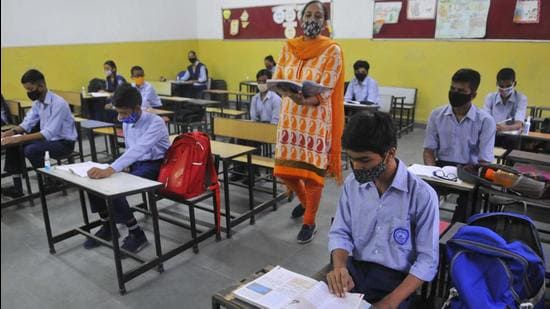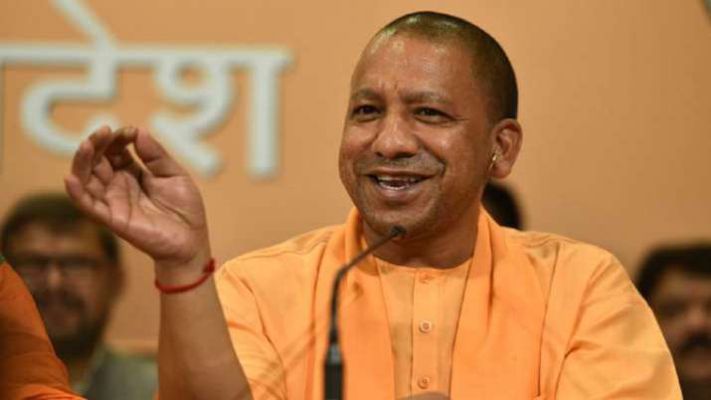To reopen schools, India must go local

For nearly 17 months now, schools in much of India have been shut. The psychological, developmental and educational costs of this prolonged closure are being felt in every home in the country and research is pointing to its long-term impact.
Yet, policy action and public demand for reopening schools have been conspicuously absent. Given the costs of prolonged school closure, the issue for debate ought to be 'how', not 'when'. In the last few months, after the deadly second wave, decision-makers and businesses have found ways to reopen malls, gymnasiums and factories. It is inexcusable that schools and children have been ignored.
Opening schools is not trivial. The safety of students, parents and teachers has to be prioritised and confidence needs to be built about the ability to maintain safety protocols. To do this, school actors and parents have to have a dialogue. With pandemic-related uncertainties looming large, schools will need to be better equipped for flexible and quick decision-making. But doing this right will require innovative policymaking that enables local action, ground-level engagement and a shift away from the current centralised, one-size-fits-all approach that shapes education governance. At a minimum, there are three distinct policy steps that need to be taken.
First, leverage parent-teacher engagement in mission mode and make parents partners in reopening. Engaging parents and ensuring schools are accountable to them has been a failed aspiration in India's education policy despite setting up parent-led school management committed under the right to education law.
An unexpected silver lining from prolonged school closure and the shift to remote and distance learning is that schools, teachers and parents are, for the first time, in regular contact regarding children's' learning. The 2020 Annual Status of Education Report (ASER) survey found that nearly one-third of enrolled students had received some learning material either through WhatsApp or via direct contact with teachers in the week preceding the survey. Several states such as Punjab and Delhi have activated parent-teacher meetings. Himachal Pradesh launched a door-to-door campaign encouraging teachers to visit students' homes. These nascent engagements are a unique opportunity for institutionalising parent-teacher engagement and opening up a dialogue on reopening and continued learning.
But to do this, the Centre and state governments will need to encourage innovation and empower school committees to take decisions in consonance with the local administration. One possibility, now that the second wave has ebbed, is to launch a month-long, nationwide mission, where parents meet teachers in schools once a week on rotation. This will bring parents and teachers into schools and build confidence. It will also allow parents of children who do not have access to online facilities to re-engage. Crucially, schools can use this as an opportunity to assess student's academic needs and prepare a new pedagogy for when schools reopen. Once these interactions are formalised, school management committees can develop Covid-19 protocols that are realistic and aligned with their resources, capabilities and local realities.
Second, and relatedly for parents, committees and schools to be partners, policymakers will have to recognise that decisions on school opening (and closure) are best taken in response to ground realities. Therefore, decision-making has to be decentralised and made as local as possible.
Covid-19 is here to stay. Schools have to be prepared for three possible scenarios — a strict lockdown; partial movement where teachers can attend schools even as students are kept away; and when all restrictions are lifted and schools can reopen. How schools organise themselves, whether they open partially or fully, to respond to these realities has to be localised.
After all, cases surge at different times across geographies. Governments — both in states and at the Centre — have an important role in devising appropriate protocols and guidelines, coordinating across districts and above all, building public confidence through careful and continuous communication. But without decentralised decision-making, this will not be achieved.
Third, genuine decentralisation will require greater financial resources at the school level. This is not about more money but about inverting the pyramid so that schools can direct expenditures according to their identified needs and priorities. In the current schema, schools have little spending autonomy. They receive an annual grant. But this amounts to a mere 3-4% of the budget for elementary schools and just about 1% for secondary schools and can be used only for regular maintenance.
Empowering schools to make decisions will require giving them greater expenditure discretion. This is also a unique opportunity to involve local governments in school functioning. Under the 15th Finance Commission grants, local governments are mandated to receive a health-specific grant. Flexibility ought to be introduced to empower local governments to use these funds for putting Covid-19 protocols in place in schools.
If government schools lead the way, the path for private schools to restart, safely and securely will be opened. India cannot afford to ignore the costs of prolonged school closure. Local innovation with parents as partners is the path forward. The time to act is now.
Yamini Aiyar is the president and chief executive of CPR.
Rukmini Banerji is CEO, Pratham Education Foundation
The views expressed are personal
























